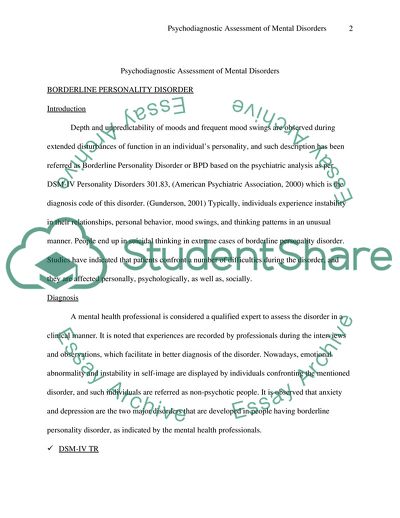Cite this document
(Psychodiagnostic assessment of Borderline Personality and Dyspareunia Case Study, n.d.)
Psychodiagnostic assessment of Borderline Personality and Dyspareunia Case Study. https://studentshare.org/health-sciences-medicine/1716412-psychodiagnostic-assessment-of-borderline-personality-and-dyspareunia
Psychodiagnostic assessment of Borderline Personality and Dyspareunia Case Study. https://studentshare.org/health-sciences-medicine/1716412-psychodiagnostic-assessment-of-borderline-personality-and-dyspareunia
(Psychodiagnostic Assessment of Borderline Personality and Dyspareunia Case Study)
Psychodiagnostic Assessment of Borderline Personality and Dyspareunia Case Study. https://studentshare.org/health-sciences-medicine/1716412-psychodiagnostic-assessment-of-borderline-personality-and-dyspareunia.
Psychodiagnostic Assessment of Borderline Personality and Dyspareunia Case Study. https://studentshare.org/health-sciences-medicine/1716412-psychodiagnostic-assessment-of-borderline-personality-and-dyspareunia.
“Psychodiagnostic Assessment of Borderline Personality and Dyspareunia Case Study”. https://studentshare.org/health-sciences-medicine/1716412-psychodiagnostic-assessment-of-borderline-personality-and-dyspareunia.


